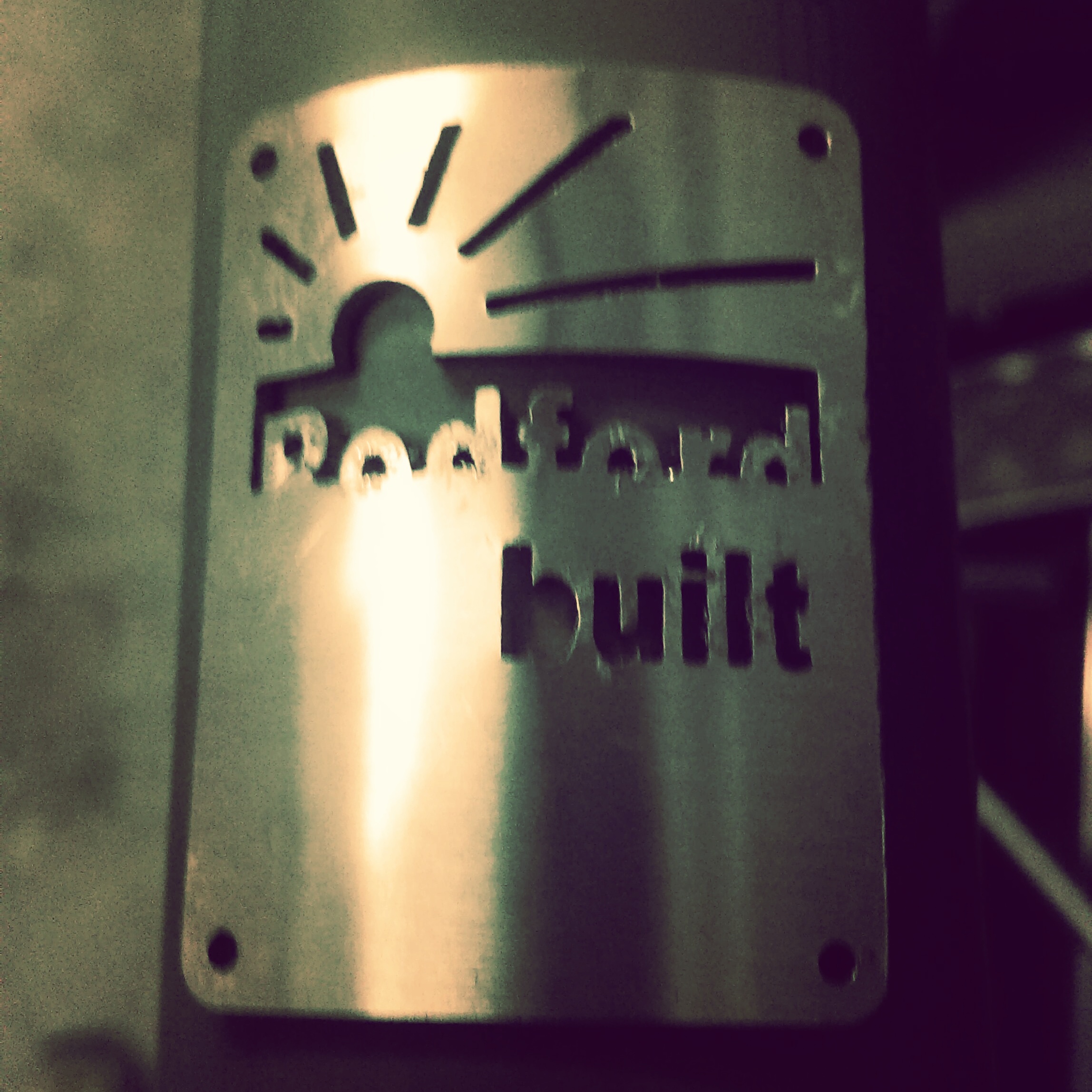A bike can have anything from 1 gear to 27 or more.
One gear is OK if you are a sporty rider, have a light bike and don't live in the mountains.
But with transport bikes, we expect riders will want mudguards, a light system, probably a rack and will want to cycle with maximum efficiency to avoid arriving in a sweat.
For carrying cargo too, gears are your best friend and enable more efficient use of the rider's energy whatever the terrain or load.
How to measure gears.
Bicycle gearing can be measured in gear inches. The easiest way to understand this unit is to think of an Ordinary cycle (sometimes called a penny-farthing). These bikes had one large wheel fixed to the pedals; the larger the driven wheel, then the higher the possible speed, but with the downside that it would be more difficult to climb a gradient. The diameter of these wheels was measured in inches. Modern bikes have chains and sprockets which avoids the need for such a large wheel, but the diameter of a "theoretical" wheel can still be used to indicate the overall gear ratio and compare systems.
So what ratio is normal?
Single speed riders typically run with 55 or 57 gear inches.
A modern mountain bike with triple front chain wheel might get you a gear spread of 21 to 110 gear inches.
The chart below shows a selection of gear systems and what spread of gears you get with a 26" wheel.
Although the number of gears on a bicycle is defined by the gearbox; changing the chain and sprocket ratios moves the gear range.
For example, the Sturmey Archer S3X can be configured to give a range of 30 to 48 gear inches; or 48 to 76 gear inches, depending on the chosen chain set.
However be aware that this also changes the gear spread. In the first case gear spread is 18" from lowest to highest ratio, but with the larger front sprocket the same gearbox gives a spread of 28". So choosing a faster gear set also increases the size of the steps between the gears. Wheel diameter also affects the gear spread as it affects the final drive ratio. A small wheeled bike with a large front sprocket may have the same gear spread as a 26" wheeled bike with smaller front chain ring.
Hubs and dérailleurs.
Dérailleur gear systems are very efficient and give the greatest number of ratios. However a bike with 27 dérailleur gears will have some overlap in the system and gears 9 and 19 are not recommended for use because of the extreme chain line. Looking at the chart this leaves 20 discrete gears for the rider to use. This is still a huge number of gears but the other quirk of this system is that they are not sequential so the rider may have to sweep through the gears to find a comfortable cadence. Of course a dérailleur system with only one front chain ring gives a good compromise of a decent spread of gears, but in a sequential pattern.
Hub gears can have anything from 2 to 14 speeds. They are always sequential and can be designed to give even steps between ratios in terms of a percentage increase/decrease from the neighbouring ratios. The Rohloff hub has 13.6% difference between each gear. This means as you go into the higher gears the steps as measured in gear inches get wider apart; but the percentage change remains constant and as a rider this is known to be more comfortable.
Come and talk to us if you need help choosing the best gear system for your needs. It will depend on the bike wheel diameter, overall gear spread required and number of gears needed. We work with both dérailleur and hub systems including the Nu-Vinci variable transmission.


